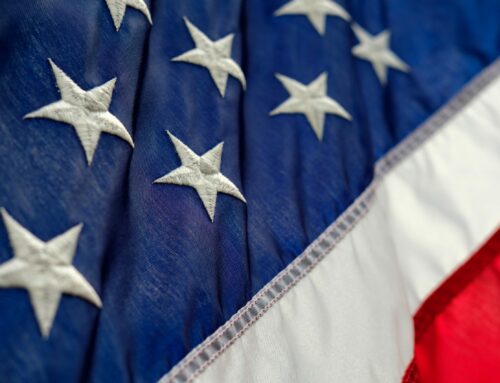But storyboards fill an important void in the development process. Without them, it is difficult to:
- Coordinate themes between sections. Themes become used on an "as needed" basis, wherever and whenever the whim strikes the author. There is no way to verify that the story we wanted to tell is what got told.
- Address overlapping between sections. For example, how should quality assurance be addressed in the management plan, staffing plan, and technical approach? Where does the "main" write-up go, and who should reference what? How do you know that you haven’t repeated or contradicted yourself?
- Place emphasis properly.
- Coordinate solution development and response between technical, management, and proposal staff.
- Go from a high-level outline conforming to the RFP, to a low-level outline that provides the detail required.
- Proceed in a step-by-step fashion. Without storyboards, authors go write their sections, and nobody sees them until their done. With storyboards, the entire process can be observed.
When storyboards are properly used, they become much more than a "brainstorming" tool that is done and forgotten. Once a high-level outline that conforms to the RFP is developed, storyboards help guide the process of completing that outline at the detailed level. The information obtained on storyboards is then carried forward to the next stage, where writing starts, to guide the authors. The storyboarding process collects the information you need to provide detailed instructions to the authors regarding what to write, so that they start with much more than a blank page.
Storyboards, properly used, provide continuity, consistency, and coordination throughout the effort. They solve problems that typically plague proposal efforts. And when they are offered to technical staff as a vehicle to obtain information in a way that allows them to complete their sections in a step-by-step fashion, you can help storyboards get the respect they deserve. More importantly, you can be assured that you will get what you ask for in your proposal sections.
Courtesy of Carl Dickson – CapturePlanning.com





Leave A Comment